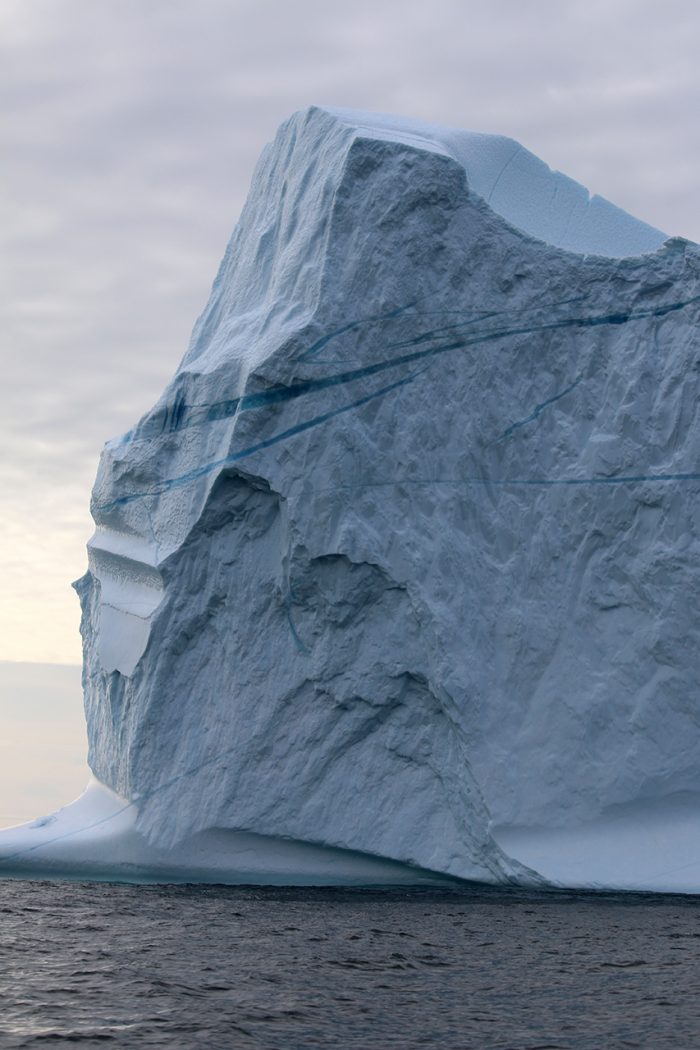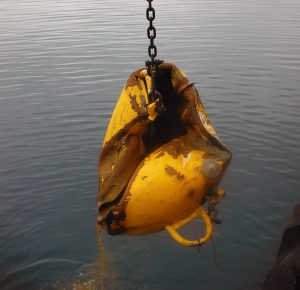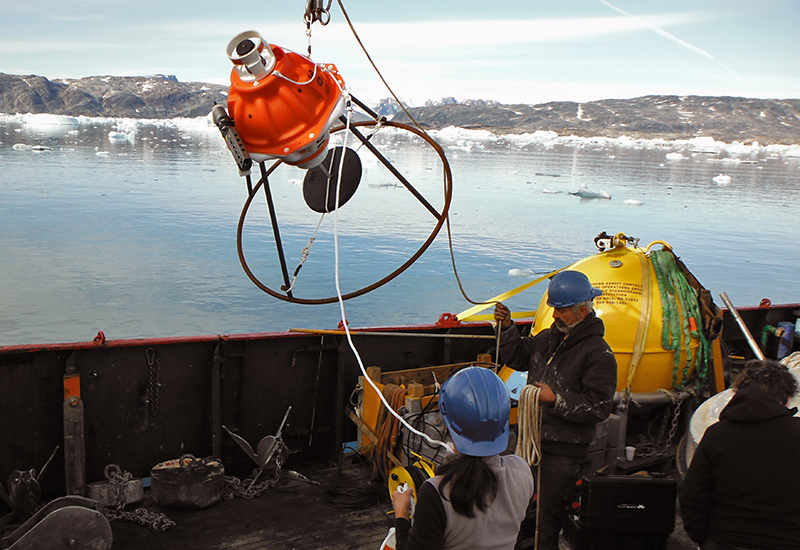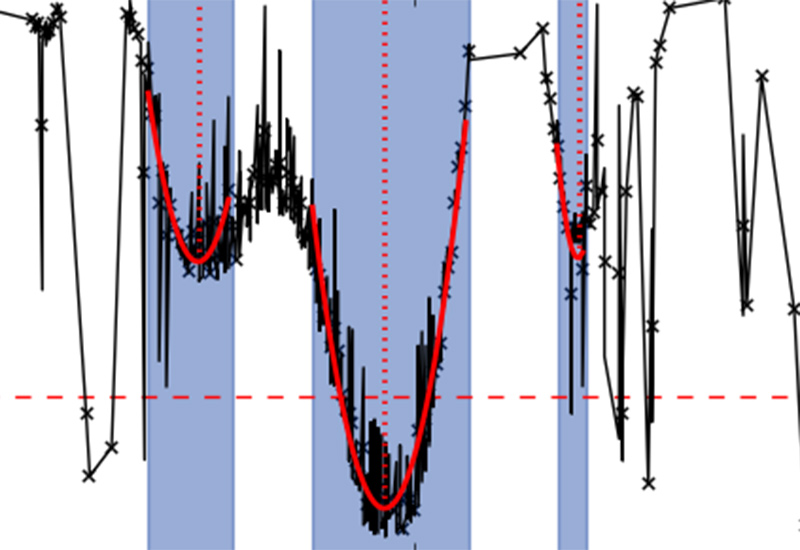How we measure
Our team has been using pressure-sensor equipped inverted echo sounders (PIESs) to study the heat content and iceberg dynamics in Sermilik Fjord. photo credit: N. Beaird
What we measure
Each PIES measures time series of round-trip acoustic travel time, bottom pressure and bottom temperature at high sampling rate and for a long duration. photo credit: M. Andres
What we learn
An algorithm automatically detects icebergs in a PIES’s travel time record. From this we deduce iceberg speed and estimates of the iceberg draft. image credit: A. FitzMaurice



 Helheim’s icebergs are advected through the fjord to the East Greenland shelf. Some of Helheim’s icebergs have deep-reaching keels…
Helheim’s icebergs are advected through the fjord to the East Greenland shelf. Some of Helheim’s icebergs have deep-reaching keels…


